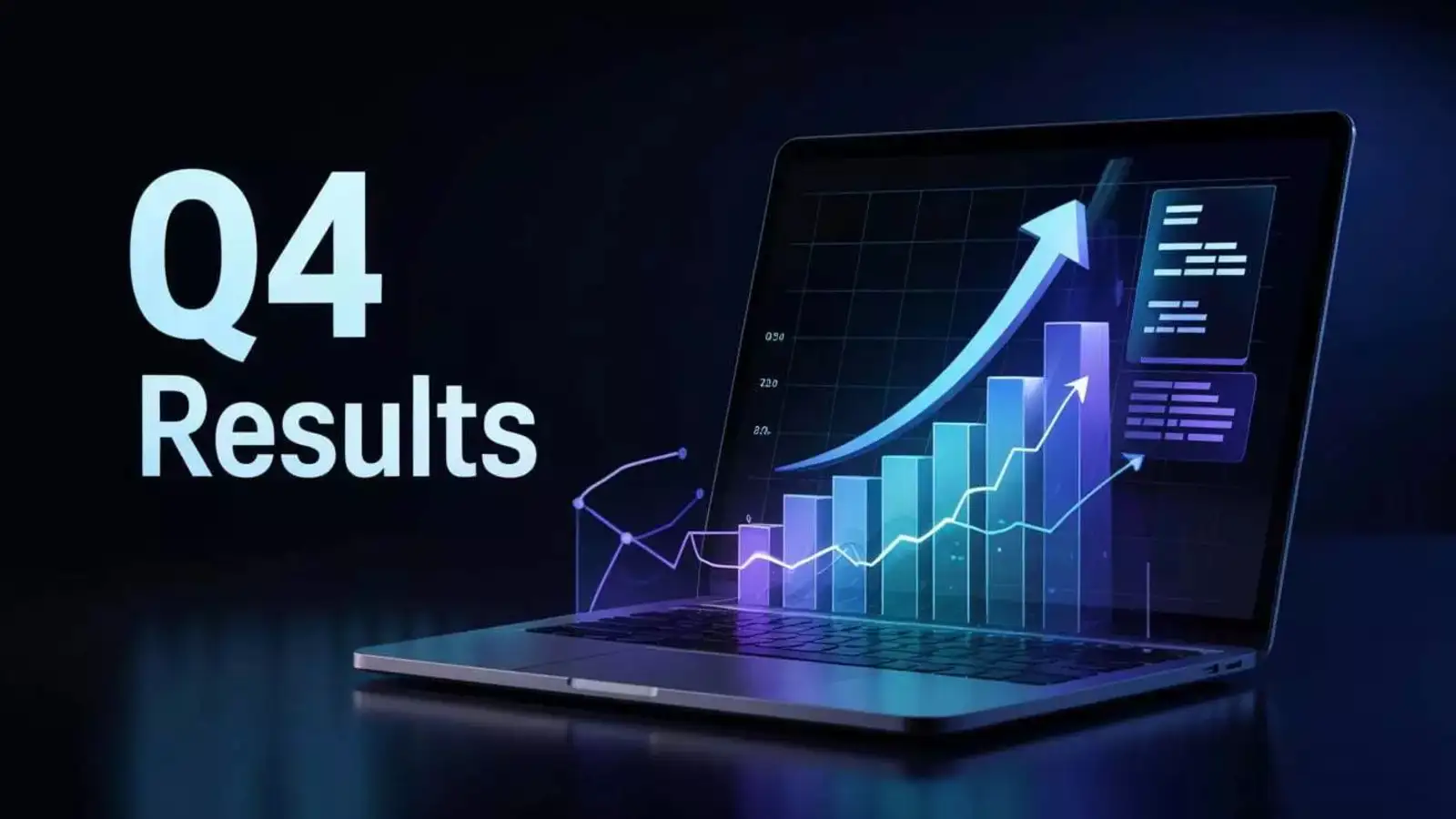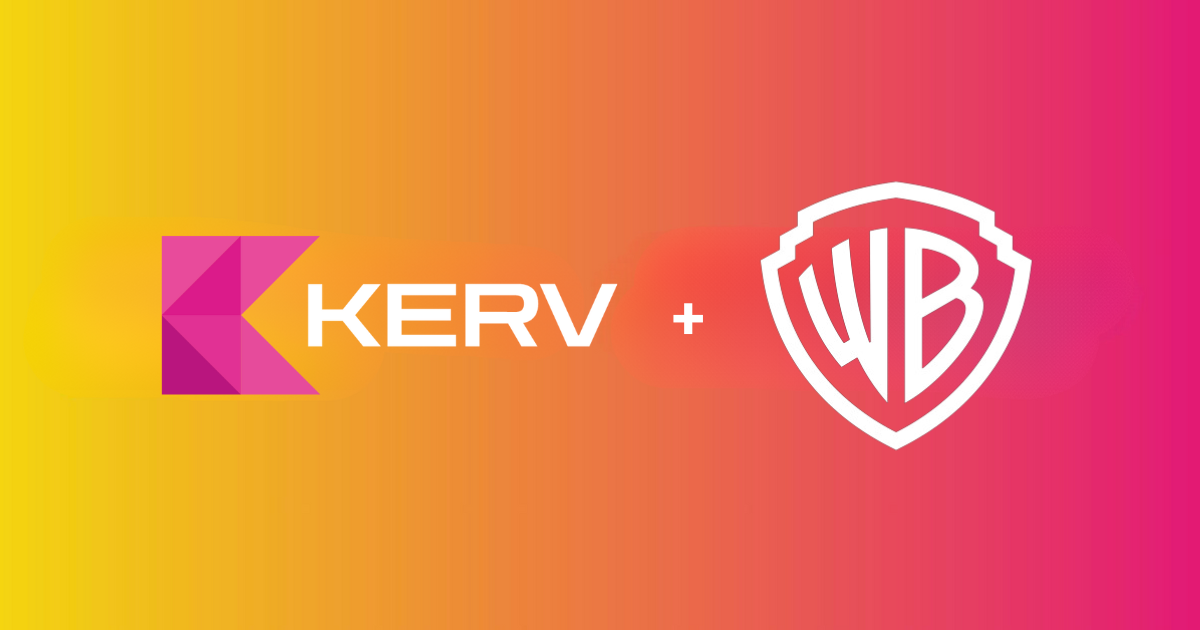Swiggy, India’s leading food and grocery delivery platform, has reported its financial performance for the quarter ended March 31, 2025. The results reveal a bold and aggressive growth strategy driven by an unprecedented surge in advertising and promotional spending, even as the company continues to operate in the red.
According to its latest financial disclosures, Swiggy’s advertising and sales promotion expenses reached an astonishing Rs. 9,777.2 crore in Q4 FY25. This marks a staggering 135 percent increase compared to the Rs. 4,152.3 crore spent in the same quarter last year. On a sequential basis, the expenditure rose by 30 percent from Rs. 7,514.8 crore in Q3 FY25.
This level of marketing outlay reflects the company’s intensified efforts to secure consumer attention and loyalty amid fierce competition in the food delivery and quick-commerce segments. Swiggy appears to be prioritizing market expansion and user acquisition over short-term profitability, a common strategy for growth-focused tech-driven businesses, particularly those eyeing dominance in fast-evolving sectors.
Despite the steep rise in expenses, Swiggy’s operational revenue did register robust growth. The company reported a 44.8 percent year-on-year increase in revenue, which reached Rs. 4,410 crore in Q4 FY25, up from Rs. 3,045.55 crore in the corresponding period of the previous fiscal year. Quarter-on-quarter, revenue rose 10 percent from Rs. 3,993.1 crore recorded in Q3 FY25.
This growth in revenue is a positive indicator, suggesting that the company’s increased spending on advertising, new product rollouts, and market expansion is translating into greater consumer engagement and order volumes. However, the mismatch between the rate of revenue growth and the spike in expenditure is also a cause for concern from a sustainability perspective.
The company’s losses continue to widen. Swiggy posted a consolidated net loss of Rs. 1,081.18 crore for Q4 FY25, nearly double the loss of Rs. 554.7 crore reported in the same quarter a year ago. Compared to the previous quarter, the loss increased by 35 percent from Rs. 799 crore. This trend highlights the cost-intensive nature of the business at its current scale and growth phase.
Swiggy’s Managing Director and Chief Executive Officer, Sriharsha Majety, commented on the strategic direction of the company. He noted that FY25 was a transformative year for Swiggy, marked by the launch of multiple new platforms including Instamart, Snacc, and most recently, Pyng. These initiatives are aimed at tapping into new user segments and expanding the company’s presence beyond its traditional food delivery base.
The expansion of Swiggy’s offerings into areas like snack delivery and community-based commerce indicates a broader ambition to become a daily-use consumer platform rather than a purely on-demand food delivery service. Each new vertical also represents a potential revenue stream, though it requires substantial investment in infrastructure, technology, and customer acquisition to be viable at scale.
A key focus area in FY25 was Swiggy’s aggressive push into the quick-commerce space. The company has significantly ramped up its investments in this vertical, reflecting the high stakes involved in this emerging battleground. Quick-commerce promises ultra-fast delivery of groceries and everyday essentials, a segment that has seen rapid consumer adoption in urban India.
Swiggy has responded by expanding its last-mile delivery infrastructure and building what it calls Megapods—large-scale, tech-enabled fulfillment centers that support high-speed deliveries. These investments are capital intensive but are seen as necessary to gain a foothold in a segment where other players like Blinkit, Zepto, and BigBasket are also competing fiercely.
To improve its reach and service efficiency, Swiggy now operates over 1,000 stores across 124 cities in India. This level of geographical penetration is significant and reflects the company’s intention to serve both metro areas and Tier II and Tier III cities. Such expansion requires meticulous planning in logistics, demand forecasting, and workforce management.
One of the key differentiators Swiggy is banking on is a new program called Maxxsaver, which is aimed at offering better deals to customers. These savings-led propositions are likely to attract cost-conscious users, especially in a price-sensitive market like India. However, the reliance on discounts and promotional offers could also impact unit economics if not balanced by high customer retention and repeat order frequency.
Overall, Swiggy’s financial performance in Q4 FY25 paints a picture of a company that is investing aggressively in growth, diversification, and competitive advantage. The surge in ad spend and operating costs is a calculated risk, undertaken with the assumption that market leadership in new verticals will eventually lead to profitability at scale.
Such an approach is not uncommon among tech startups and scale-ups in emerging markets. By creating high entry barriers for future competitors and capturing mindshare early on, Swiggy appears to be playing the long game. However, this strategy hinges on several variables including user loyalty, operational efficiency, monetization effectiveness, and competitive dynamics.
While revenue growth indicates that Swiggy’s offerings are gaining traction, the expanding losses raise questions about sustainability and the time frame for breaking even. Investors and analysts will likely scrutinize how the company plans to optimize costs while maintaining its market momentum.
The coming quarters will be critical for Swiggy. As the company continues to diversify its portfolio and deepen its footprint across India, it will need to demonstrate improved unit economics, better margins, and a clearer path to profitability. This will be especially important if Swiggy intends to pursue an IPO or attract new capital in the near future.
In summary, Swiggy’s Q4 FY25 results underscore the high-stakes nature of the quick-commerce and food delivery markets in India. With rising revenues but ballooning losses, the company stands at a pivotal moment where strategic clarity and disciplined execution will determine the success of its ambitious bets.
Video:
Author: Janvi Joshi










